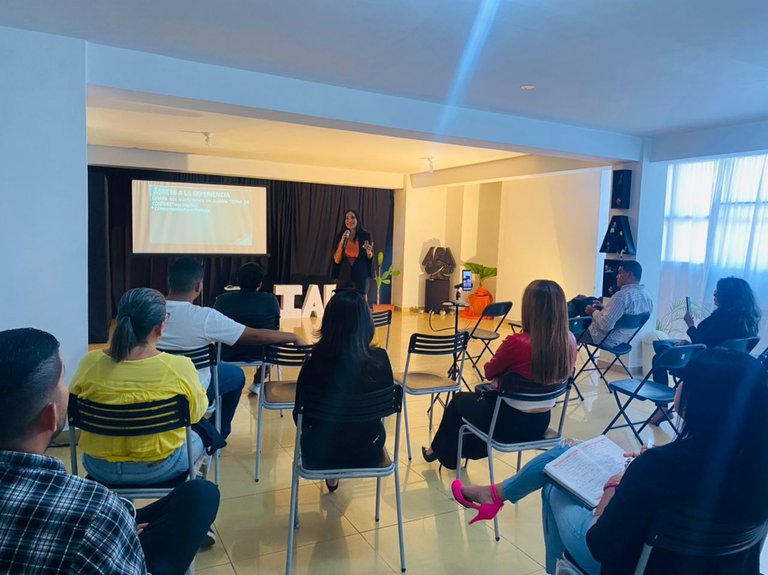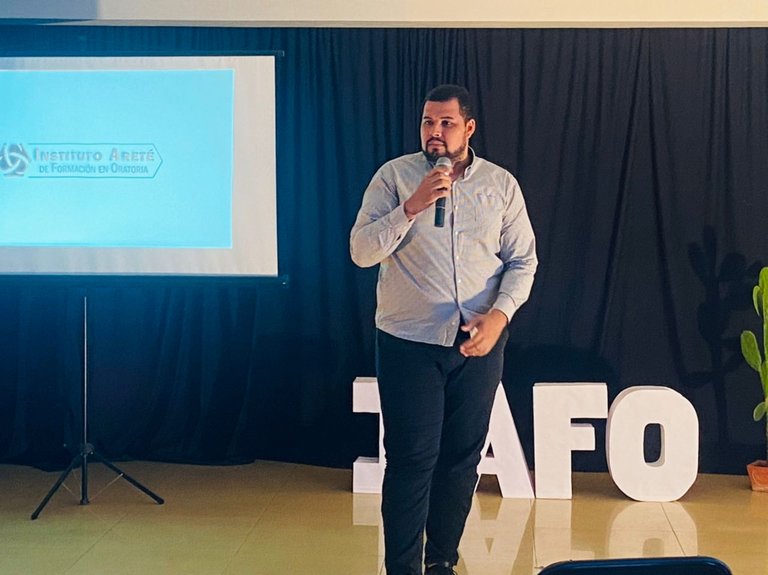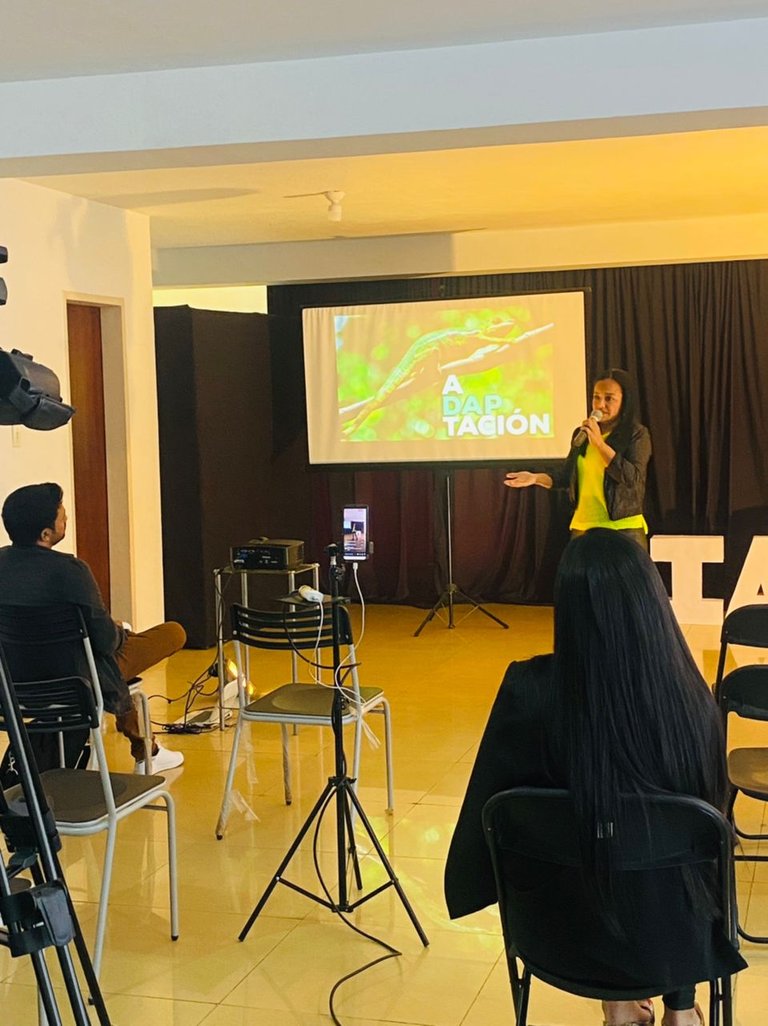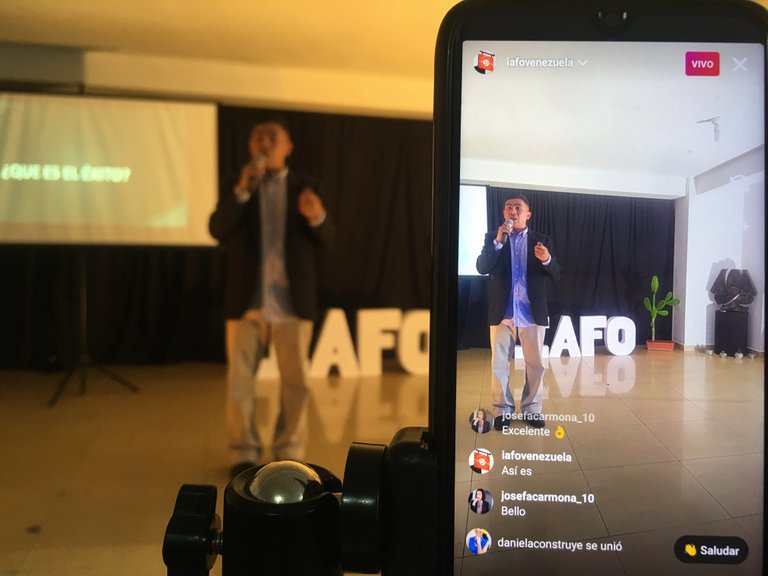Consejos para abrir y cerrar una presentación / Tips for opening and closing a presentation (Esp- Eng)
En toda intervención la primera y la última parte son fundamentales. En la primera debemos captar la atención y en la segunda debemos irnos, dejando una buena sensación en el público, ello radica en que el objetivo de cualquier orador es movilizar al auditorio, conmover a la audiencia y afectar estados internos de aquellos que están escuchando la presentación.

Siendo el punto clave en la presentación el poder crear un ambiente de comodidad, confianza y control entre el orador y el auditorio. Si el público se siente a gusto, en un ambiente de camaradería, surgirá instantáneamente la confianza. Esto se logra, con un discurso lógico y coherente, más un buen estado emocional. Para colaborar con ello, debemos apoyar nuestras intervenciones en las siguientes estructuras:

a) Abrir
Aristóteles afirmó que el comienzo es más de la mitad del todo, y esta sentencia sigue teniendo validez hoy más que nunca, debido que las primeras palabras pronunciadas ante un auditorio son decisivas, porque es lo que permitirá al público hacerse una idea del resto del discurso. La importancia de la introducción se fundamenta en el efecto primacía y el efecto halo.
b) Cerrar
El cierre, debemos entenderlo como la parte final, más no el final, del discurso, ella es usada por el orador para resumir de forma breve y clara, lo abordado durante la presentación, retomando los aspectos más importantes. La importancia de la conclusión obedece al efecto recencia.

Tener claridad en estas dos partes del discurso, más allá que nuestra presentación sea extensa o breve, repercute en el hecho de impactar positivamente en el público, porque al iniciar con intención avanzaremos eficazmente hacia un cierre que logrará que el mensaje sea asimilado y valorado.

En ambos casos la recomendación universal es utilizar una frase de algún personaje famoso y que guarde relación con el tema que desarrollamos, de igual manera podemos recurrir a dinámicas que se enfoquen en acciones sencillas y que no hagan que el público intervenga oralmente con opiniones o comentarios.
Tips for opening and closing a presentation
In any speech, the first and last parts are fundamental. In the first we must capture the attention and in the second we must leave, leaving a good feeling in the audience, this is because the goal of any speaker is to mobilize the audience, move the audience and affect internal states of those who are listening to the presentation.

The key point in the presentation is to create an atmosphere of comfort, trust and control between the speaker and the audience. If the audience feels at ease, in an atmosphere of camaraderie, trust will instantly arise. This is achieved with a logical and coherent speech, plus a good emotional state. To collaborate with this, we must support our interventions with the following structures:

a) Open
Aristotle stated that the beginning is more than half of the whole, and this sentence is still valid today more than ever, because the first words pronounced before an audience are decisive, because it is what will allow the audience to get an idea of the rest of the speech. The importance of the introduction is based on the primacy effect and the halo effect.
b) Closing
The closing should be understood as the final part, but not the end, of the speech; it is used by the speaker to summarize briefly and clearly what has been said during the presentation, taking up the most important aspects. The importance of the conclusion is due to the recency effect.

Having clarity in these two parts of the speech, regardless of whether our presentation is long or short, will have a positive impact on the audience, because by starting with intention we will effectively move towards a closing that will ensure that the message is assimilated and valued.

In both cases the universal recommendation is to use a phrase of a famous character related to the topic we are developing, in the same way we can resort to dynamics that focus on simple actions and that do not make the public intervene orally with opinions or comments.

Logo IAFO
Logo Instagram
Traductor utilizado Deepl
Fotos propias utilizadas anteriormente en otras redes sociales
Electronic-terrorism, voice to skull and neuro monitoring on Hive and Steem. You can ignore this, but your going to wish you didnt soon. This is happening whether you believe it or not. https://ecency.com/fyrstikken/@fairandbalanced/i-am-the-only-motherfucker-on-the-internet-pointing-to-a-direct-source-for-voice-to-skull-electronic-terrorism
Electronic-terrorism, voice to skull and neuro monitoring on Hive and Steem. You can ignore this, but your going to wish you didnt soon. This is happening whether you believe it or not. https://ecency.com/fyrstikken/@fairandbalanced/i-am-the-only-motherfucker-on-the-internet-pointing-to-a-direct-source-for-voice-to-skull-electronic-terrorism
https://twitter.com/Fran_Guanare/status/1491350004153614336
The rewards earned on this comment will go directly to the person sharing the post on Twitter as long as they are registered with @poshtoken. Sign up at https://hiveposh.com.
La primera impresión y ser recordado, es parte vital de nuestros discursos. Hermosa la oratoria... Buen aporte
Gracias brother 🙏🙏